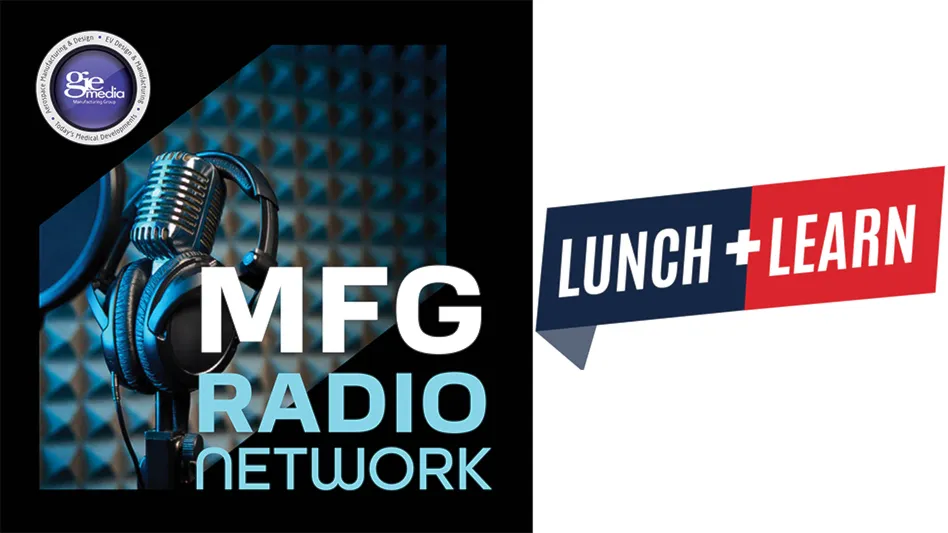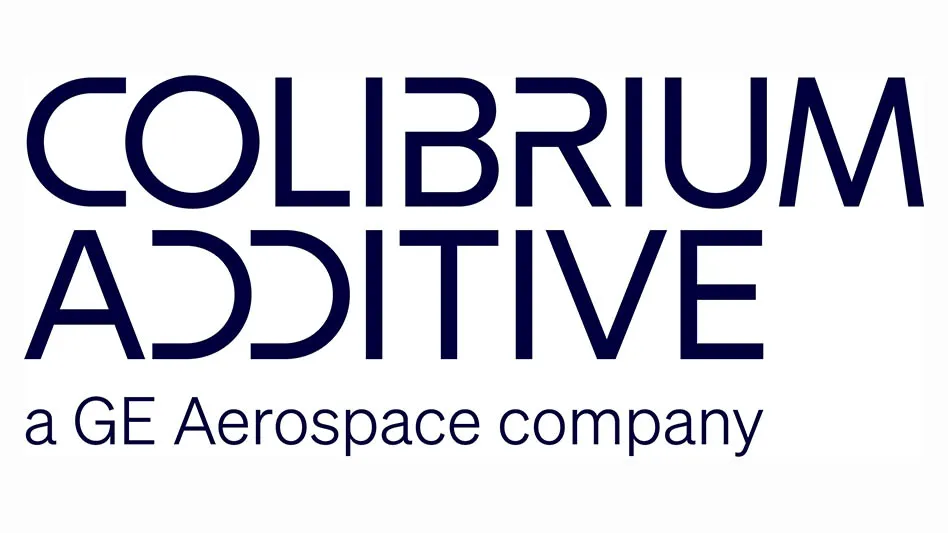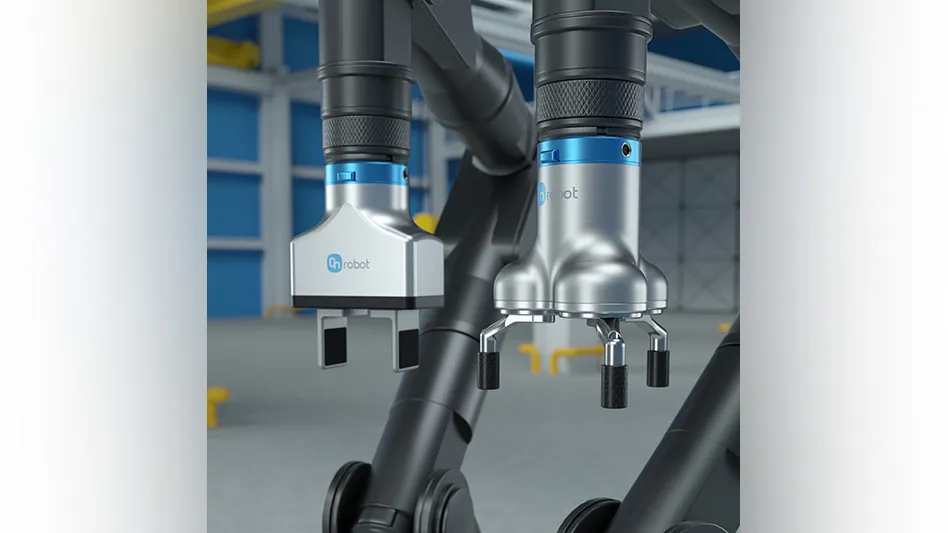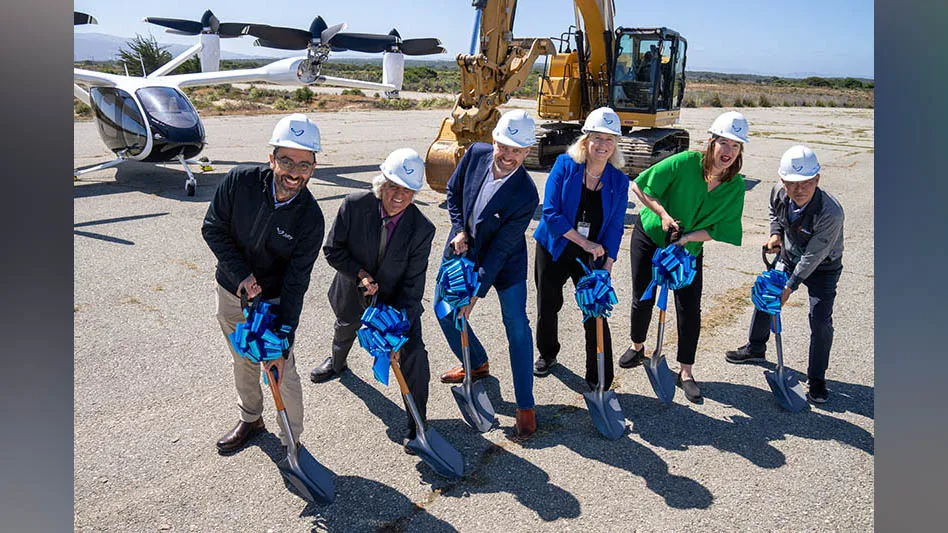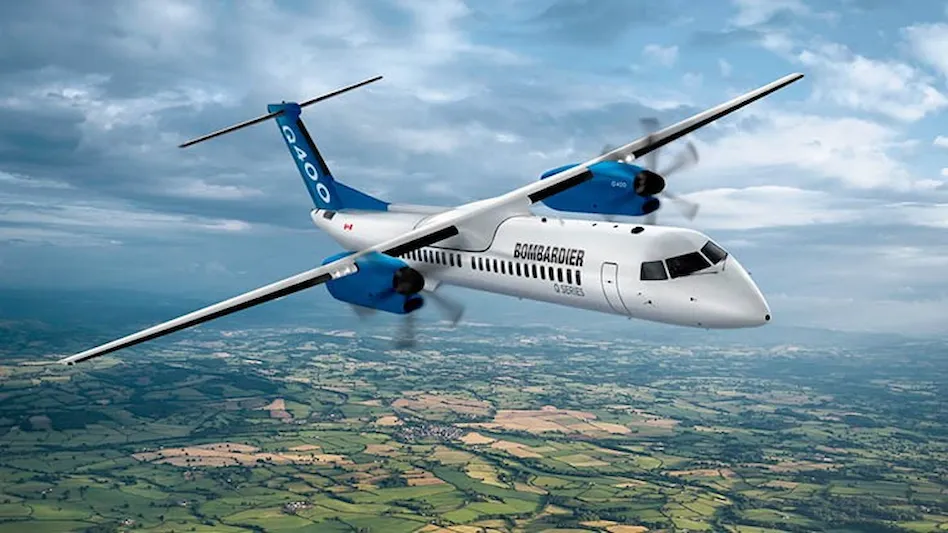
In announcing Bombardier Inc.’s third quarter 2018 results, company officials revealed the “sale of a number of non-core assets,” in line with a strategy of focusing on growth opportunities in the firm’s transportation, business aircraft, and aerostructures segments. The company is selling its Q Series turboprop aircraft program to a subsidiary of Longview Aviation Capital Corp. (LAC) and selling its Business Aircraft’s flight and technical training activities (plus future royalties) to Canadian training and simulator company CAE.
Both transactions are expected to close by the second half of 2019, following regulatory approvals. Bombardier officials expect net proceeds from the transactions to be approximately $900 million after the assumption of liabilities, fees, and closing adjustments.
LAC to produce, support Q Series
Parent company to Canadian aircraft manufacturer Viking Air Limited, LAC is acquiring through an affiliate the entire Bombardier Dash 8 (DHC-8, later Q Series) regional turboprop aircraft program including the Q100, Q200, and Q300 series and the in-production Q400 program. Bombardier management expects net proceeds for this transaction to be approximately $250 million after fees, liabilities, and normal closing adjustments.
As part of the agreement, LAC will receive all assets, intellectual property, and type certificates associated with the Dash 8 program – making LAC North America's largest commercial turbo-prop aircraft manufacturer. Upon the transaction’s closing, LAC will also assume responsibility for the worldwide product support business covering more than 1,000 aircraft currently in service or slated for production.
LAC will continue to operate the Q Series program at the original de Havilland manufacturing site located at Downsview, Ontario. Bombardier sold the Downsview site earlier in 2018, but under the terms of a lease with the new owners and a license from Bombardier, production will remain on-site until at least 2021.
LAC and Bombardier plan to transition employees, customers, suppliers, and other stakeholders with no interruption in production, delivery, and support of the aircraft. Upon completion of the Q Series transaction, LAC will have a workforce of approximately 1,800 full-time employees in manufacturing and service support in locations across Canada including Victoria, Calgary, and Toronto.
Also included as part of the transaction are rights to the de Havilland name and trademark. With the addition of the Dash 8 Q Series, LAC will hold the type certificates and entire product line of the original deHavilland Canada aircraft company including the Twin Otter program and the DHC-1 through DHC-7 series, as well as the former Canadair CL-215, CL-215T, and CL-415 waterbomber aircraft.
CAE gets business aircraft training
Long-time Bombardier training partner, CAE, is to acquire Bombardier’s Business Aircraft Training (BAT), valued at $645 million.
The BAT business includes a modern fleet of full-flight simulators (FFSs) and training devices covering the Learjet, Challenger, and Global product lines, including the large cabin Global 5500, 6500, and 7500 business jets.
Flight and technical training for Bombardier Business Aircraft is performed principally in training centers located in Montréal, Québec, and Dallas, Texas. With this agreement, CAE will be adding 12 Bombardier business aviation FFSs to its training network, for a total of 29 units available for training worldwide.
CAE also has agreed to pay $155 million to monetize its existing future royalty obligations under the current authorized training provider (ATP) agreement with Bombardier. This also involves the extension of CAE’s ATP agreement to 2038. The monetization represents the discounted sum of royalties payable by CAE throughout the next 20 years, and the transaction is expected to close by the end of CAE’s current fiscal year.
The sale transaction closing is expected by the second half of 2019, subject to customary closing conditions and regulatory approvals.
Bombardier streamlining will cut 5,000 jobs
With the Q3 2018 announcement, Bombardier also launched “a new enterprise-wide productivity program to further streamline, lean out, and simplify the company.”
The announcement stated Bombardier’s company-wide restructuring initiative will focus on optimizing production and management processes, flattening management structures, and further reducing indirect costs. Collectively, these actions will result in a reduction of approximately 5,000 positions across the organization during the next 12 to 18 months, leading to annualized savings of approximately $250 million at full-run rate, expected by 2021.
Noting the heavy aerospace investment phase has been successfully completed, Bombardier officials will “right-size and redeploy” the company’s central aerospace engineering team. The largest group of engineers are moving to Business Aircraft, for future business jet development programs.
Bombardier plans to establish a new Advanced Technologies Office (ATO), which will be led by François Caza, who has been appointed Bombardier’s Chief Technology Officer. The ATO will focus on systems design and engineering, including applying experience from Bombardier’s aerospace programs to its rail transportation business.
In other personnel moves, Bombardier appointed Sam Abdelmalek as chief transformation and supply chain officer in October. Bombardier also announced that Danny Di Perna has been appointed president, Aerostructures and Engineering Services (BAES), effective immediately. Michael Ryan will assume the role of chief operating officer for BAES.
Bombardier’s updated guidance for the 2019 fiscal year includes revenues targeted to grow by approximately 10% to $18 billion as deliveries of the Global 7500 business jet accelerate. Transport Canada awarded type certification of the Global 7500 aircraft in September 2018, followed by FAA type certification, paving the way for entry into service in December 2018.
Bombardier’s third-quarter business jet net order intake grew the backlog to $14.3 billion. With 96 deliveries year-to-date, this represents more than 70% of planned deliveries for the year, according to company figures.
Following the closing of the Airbus partnership on the C Series regional jet aircraft program earlier in 2018, and the agreement to sell the Q Series turboprop program, Bombardier intends to turn its attention to the 78-to-104-seat CRJ regional jet program, with an announced goal of focusing “on reducing cost and increasing volumes while optimizing the aftermarket for the approximately 1,500 CRJs in service around the world.”
Latest from Aerospace Manufacturing and Design
- US operator UrbanLink orders 20 Lilium Jets
- TJ Davies’ retention knobs
- Mazak's VC-Ez 16X for aerospace machining
- India’s IndiGo orders 30 Airbus A350 widebody aircraft
- Techman Robot unveils high-payload AI cobot TM30S at Automate
- MK Tools’ 4-fluted Rambo Speed Drill series solid carbide drills
- ASL orders 30 Reliable Robotics aircraft autonomy systems
- Fastems' Manufacturing Management Software Version 8.2
